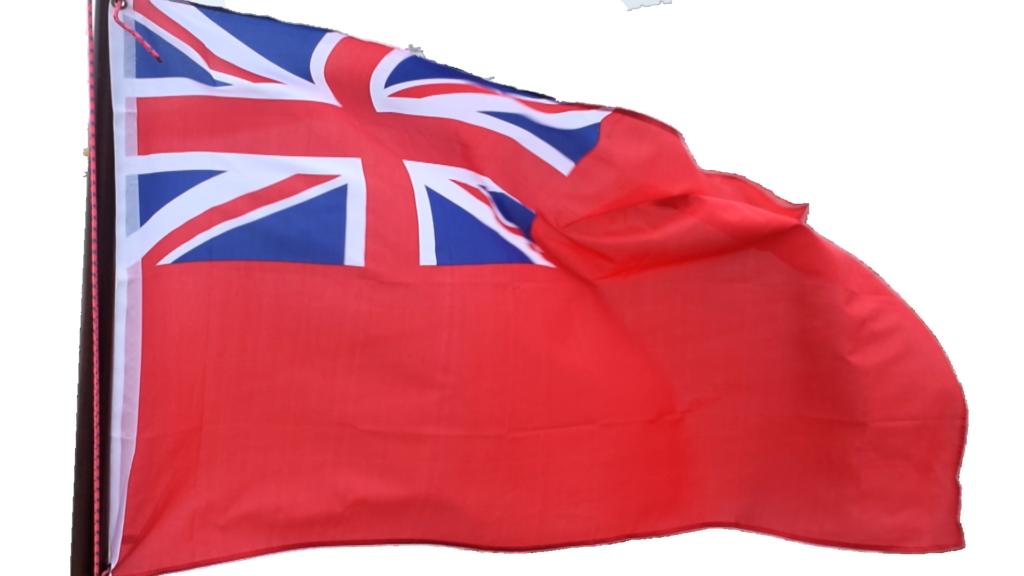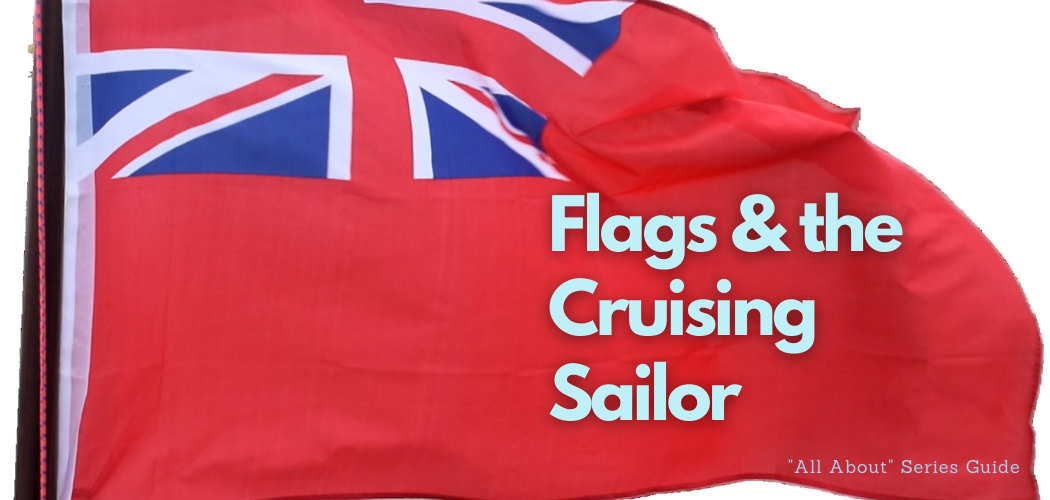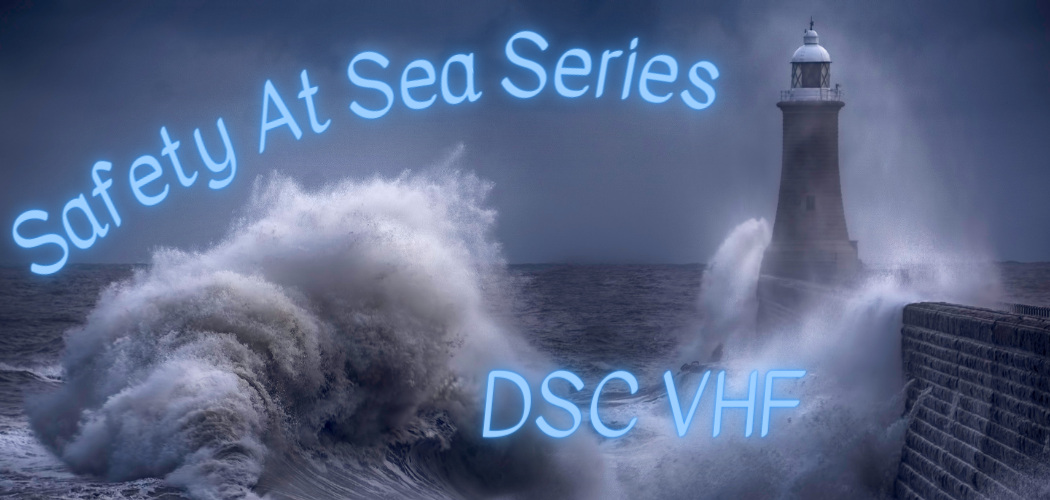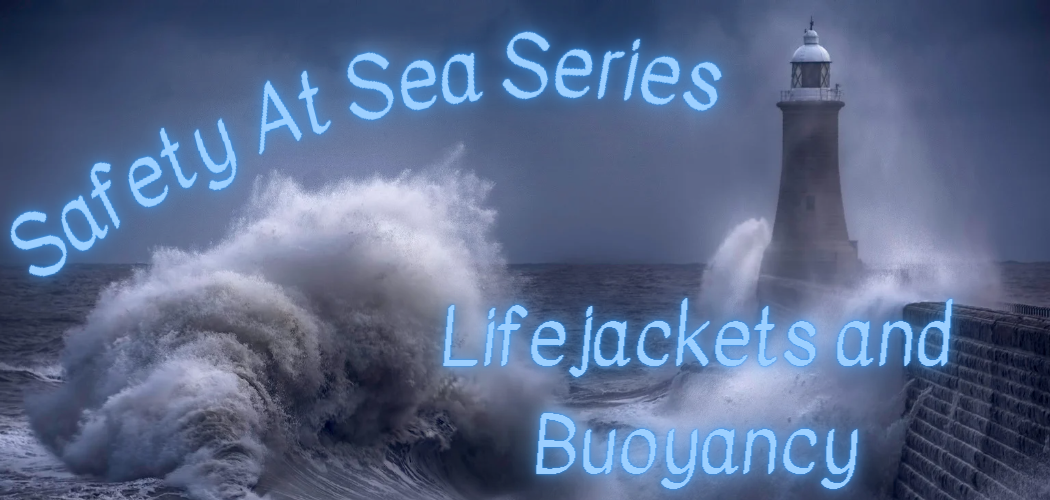
In general, most nations have their own Laws regarding flags and ensigns, however, from a maritime point of view, there are also generally accepted rules regarding maritime flags and ensigns.
In this article I talk about flags and the cruising sailor from the perspective of a UK-based and registered, cruising sailor.
It is worth noting that for centuries flags have been used at sea for signalling purposes, so flying a damaged flag, the incorrect flag or a flag in the wrong position on a vessel (or upside down), could give an unintended signal, leading to possible incorrect action by others, or even worse, be an insult.
National flags should never be flown in a dirty, soiled or damaged condition. This could also be classed as disrespectful and may also lead to a fine. This also applies to courtesy flags when flown.
Table of contents
Table of Contents
Different types of flag
Flag Sizing.
Although there are general guidelines available as to sizing for boats there are a couple of things to remember.
• In general all flags should NEVER be so big as to trail in the water, or across the ground.
• They should, however, still be big enough to be seen.
The recommended sizes I have found online are listed in the following table. Flag sizes are measured across the horizontal i.e. ‘in the Fly’.
| Vessel length | Nation Flag/Ensign | Burgee | Courtesy Flag |
| 19-26 ft | 3/4 Yard | 15″ | 12″ |
| 27-34 ft | 1 Yard | 15″ | 15″ |
| 35-41 ft | 1 1/4 Yard | 18″ | 18″ |
| 42-50 ft | 1 1/2 Yard | 24″ | 24″ |
| 51-60 ft | 1 3/4 Yard | 30″ | 30″ |
Rules on Flag Positioning.
In simple terms, there are essentially four flag positions of note for the cruising sailor, the most senior of which is as close to the stern of the vessel as possible and is where the national flag or ensign would be flown.
In the case of UK sailors this would be the Red Ensign unless warranted to fly another senior flag ie. a blue ensign or defaced blue. UK Registered cruising vessels should never fly the Union Flag at sea (at home or abroad), I’m led to believe it may actually be illegal to do so.
The others are: At the Masthead, Port Spreaders and Starboard Spreaders.
Masthead.
This is the second, most senior position on a vessel. Normally this is where you would fly your burgee from. You should only ever fly one burgee on a vessel.
Starboard Spreader.
Starboard Spreaders are traditionally used for signaling and 3rd most senior position. This is where you should always fly your courtesy and quarantine flags. Its also where you fly any other signals.
Port Spreader.
If the masthead is unavailable then a Burgee can be flown from the Starboard Spreaders, however, check the seniority of your house flag or burgee, it would be inappropriate and disrespectful to fly a senior flag or burgee below a less senior one. It is also worth noting that should you require to fly a courtesy flag then the Burgee cannot be flown At Starboard spreaders. There is a priority issue here as you cannot fly any flag above a courtesy flag. Similarly, you cannot fly anything above a burgee on the same halyard. It, therefore, makes sense, from a cruising sailors point of view to fly a burgee from the Port spreaders.
Courtesy Flags.
Courtesy flags should only be flown from the Starboard spreaders. DO NOT fly any other flag above a courtesy flag on the same halyard.
“Q” Flag.
Also only flown from Starboard Spreaders. The “Q” quarantine flag is used to indicate the vessel is in quarantine. In the case of cruising sailors, this can generally be taken down when the respective border controls are completed and you are officially “checked In”. It’s the solid orange one in your signal flag set.
FAQ
Are you supposed to take the flag down when it rains?
In general, there is no requirement to take down the flag in the rain, however it’s worth checking the law in your respective countries.
What is considered disrespectful to a flag?
Flying flags in the wrong position.
Flying them upside down.
Flying a faded, damaged or dirty National flag.
What is the proper way to dispose of a flag?
The correct way to dispose of a flag is with dignity. Regardless of whether you burn, tear or cut it into strips, the aim is to make the flag unusable and unrecognizable as a flag
Where should I fly my courtesy flag?
Courtesy flags should always be flown from the starboard spreaders. No other flag should be flown above them on the same halyard.







Leave a Reply